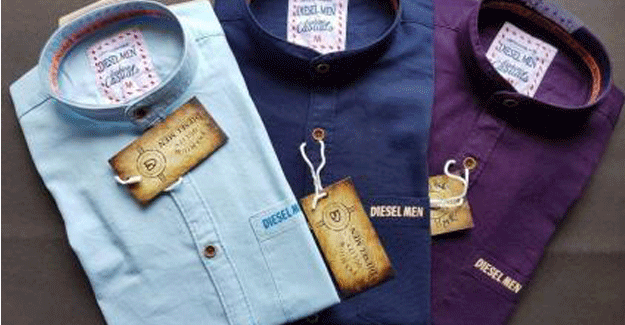Indian Garment Exports Stagnant Over A 3-Year Period
Indian Garment Exports Stagnant Over A 3-Year Period

India’s apparel exports have stagnated for the past three years and odd said a top official from the textile industry, speaking on the sidelines of the Apparel Export Promotion Council (APEC) office inauguration at Gujarat.
The official pointed out that countries competing with India in the garment export basket have Free Trade Agreements signed with the buyer countries and thus hold an edge over us. In fact, in the previous three months the apparel exports have dipped a bit.
The source pointed out that despite positive reforms in the form of a single country single tax, the post GST regime has failed to subsume existing taxes to the tune of 12%. Consequently, the input costs have shot up engendering pricier products.
When asked to explain the 12% anomaly faced despite introduction of GST, the official said, “Petroleum and allied products have not been included in the GST fold. This is the contributor to the excess 12% tax burden.”
Besides FTAs and the tax burden, there is a third contributing factor for the capping of Indian exports. The competitor countries in the garment export sector have expanded their markets by depreciating their currency against the US dollar. This has resulted in their garment and apparel products being more competitive in terms of pricing.
The AEPC President, Ashok Rajani confirmed that tax burden FTAs and currency exchange value were the key factors contributing to stiff competition in the garment export market for India. He was speaking to newsmen at the inauguration of the APEC office at Ahmedabad in the Gujarat Chamber of Commerce and Industry (GCCI) premises.
The AEPC has also released data on the recent years of Indian exports in the garment sector. According to the data made available for the year 2016-17, Indian Ready Made Garments (RMG) export was parked at INR 17,479 crore. The figure reflects a 2.9% increase over RMG exports in the previous year. The figures for the previous year stood at INR 16,990 crore. For the year 2014-15, the export figure was INR 16,847.
Even as the AEPC figures support the contention of capping, Rajani expressed the view that there will be a mutually beneficial partnership between AEPC and GCCI that will generate rich dividends as Gujarat has in command production of cotton, manmade fibers and fabrics.



 textileexcellence
textileexcellence 







